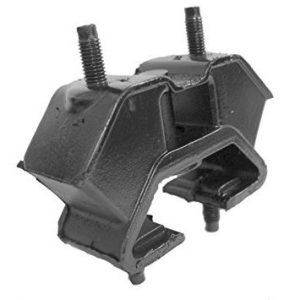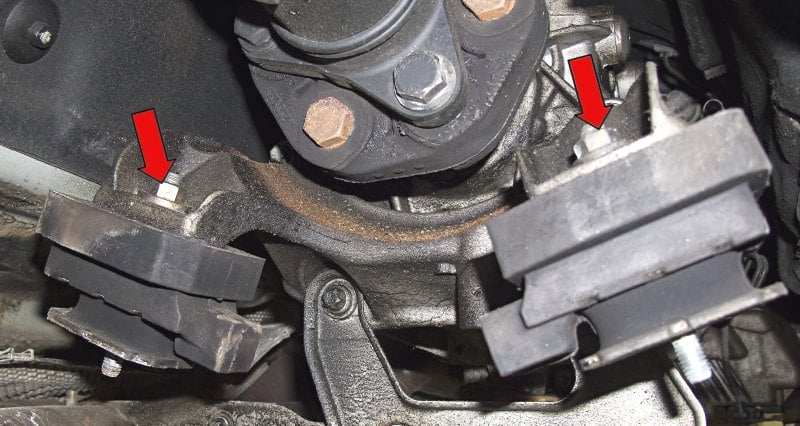So, what exactly are transmission mounts?

Alright, you know that big, heavy piece of gear under your bonnet that’s responsible for putting all that engine power to the wheels? Yep, your transmission. Whether you’re driving a Mazda Demio, a Honda Fit or something a bit fancier like a Volvo XC60, they’ve all got transmissions, and they’re not exactly lightweight.
Now, to keep all those heavy parts in place and stop them rattling around as you’re bouncing over potholes on Ulster Street or crawling along Peachgrove Road in Hamilton traffic, your car relies on these things called transmission mounts. Basically, they’re tough metal brackets with rubber sections that hold your transmission steady and absorb a heap of the vibrations, so you’re not feeling every little knock in the cabin. That rubber works hard, especially with Hamilton’s stop-start mornings, or if you’re out on the open road to Cambridge or struggling over a dodgy speed bump in Rototuna.
What can cause transmission mounts to wear out?
Over time, especially with the mix of hot Waikato summers and chilly, damp winters, that rubber can start to perish. Doesn’t matter if it’s a Toyota Corolla or a Nissan X-Trail, or even something a bit left-field like a Skoda Octavia or a SsangYong Tivoli—we see it all pretty often in the workshop. Here’s why those mounts often give up on the job:
- Everyday use and old age – The more you drive, especially up and down the hills to Raglan or across to Te Awamutu, the more those mounts take a beating. Rubber dries out, cracks and splits. Metal bits can loosen or rust, especially if you drive near the beach or get caught in all our rain.
- Rough driving and heavy loads – Constant hard acceleration, towing a trailer to Morrinsville, or even just heavy shopping trips can speed up the wear. Same goes for all those killer road works and potholes on State Highway 3.
- Leaking oil or fluids – If you’ve got oil leaking from somewhere (pretty common in older Mitsubishis or BMWs we see), it can eat away at the rubber on your mounts faster than you’d think.
- Bang or crash – A decent whack, like a low-speed bump outside The Base or a nasty curb hit, can twist, snap or even dislodge your mount.
How to spot a dodgy transmission mount
- Weird shakes and noisy bumps – If you’re hearing clunks or feeling serious vibrations coming from underneath, especially as you accelerate through Hillcrest or over the railway lines out in Huntly, that’s a classic sign.
- Gear shifting gets tough – Had a Toyota Estima in last week where the owner struggled to change gears. Turned out her transmission mounts had let the gearbox move a bit too much, lining everything up wrong.
- Bits wearing out faster – If you ignore dodgy mounts, you’ll end up with extra wear on your CV or driveshaft universal joints. That means more expensive repairs down the track.
- Engine moves more than usual – Pop the bonnet and blip the throttle. If the engine’s dancing around more than normal, it’s probably time for new mounts.
Just a heads up, a few of these symptoms can be caused by other issues too, so it’s always a good idea to let one of our techs check it out. Better safe than sorry – saves you from bigger headaches like failed WOFs or getting stranded on River Road!
Need new transmission mounts in Hamilton?
We do heaps of these at Grimmer Motors. If your Nissan Leaf or Suzuki Swift (or honestly, any make or model) needs new mounts, we’ll get it sorted. Our crew will pull out the old, worn bits, fit proper new ones, and make sure everything’s lined up and quiet – so you can enjoy a shake-free ride, whether you’re cruising out to Ngaruawahia or just popping to New World on Bryce Street.
If you want honest advice – and a repair that’ll last the distance – give us a shout. Book in for a car service Hamilton, transmission mount replacement, or just a quick check-up. Keep those annoying shakes and rattles away and save yourself a big bill later.

